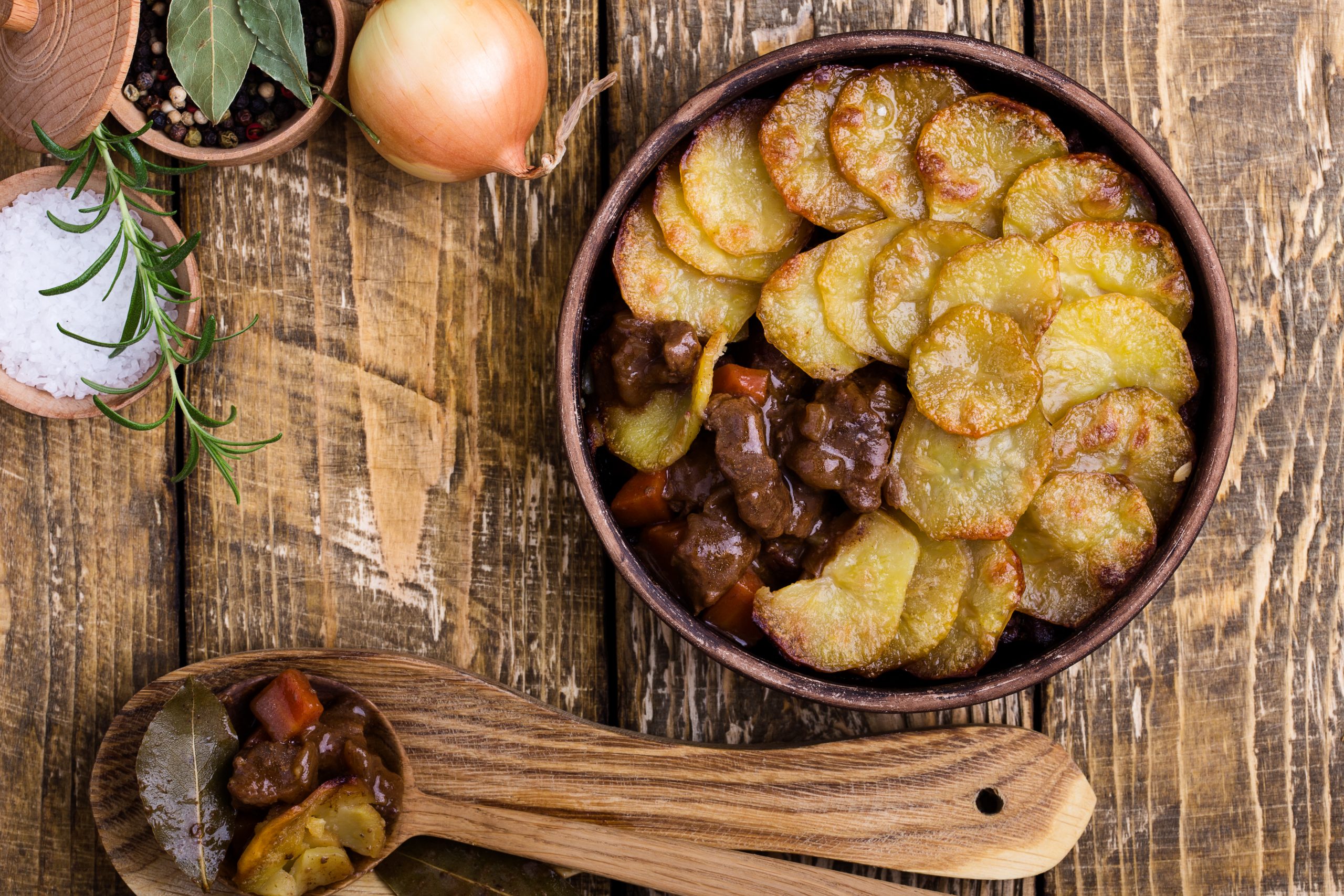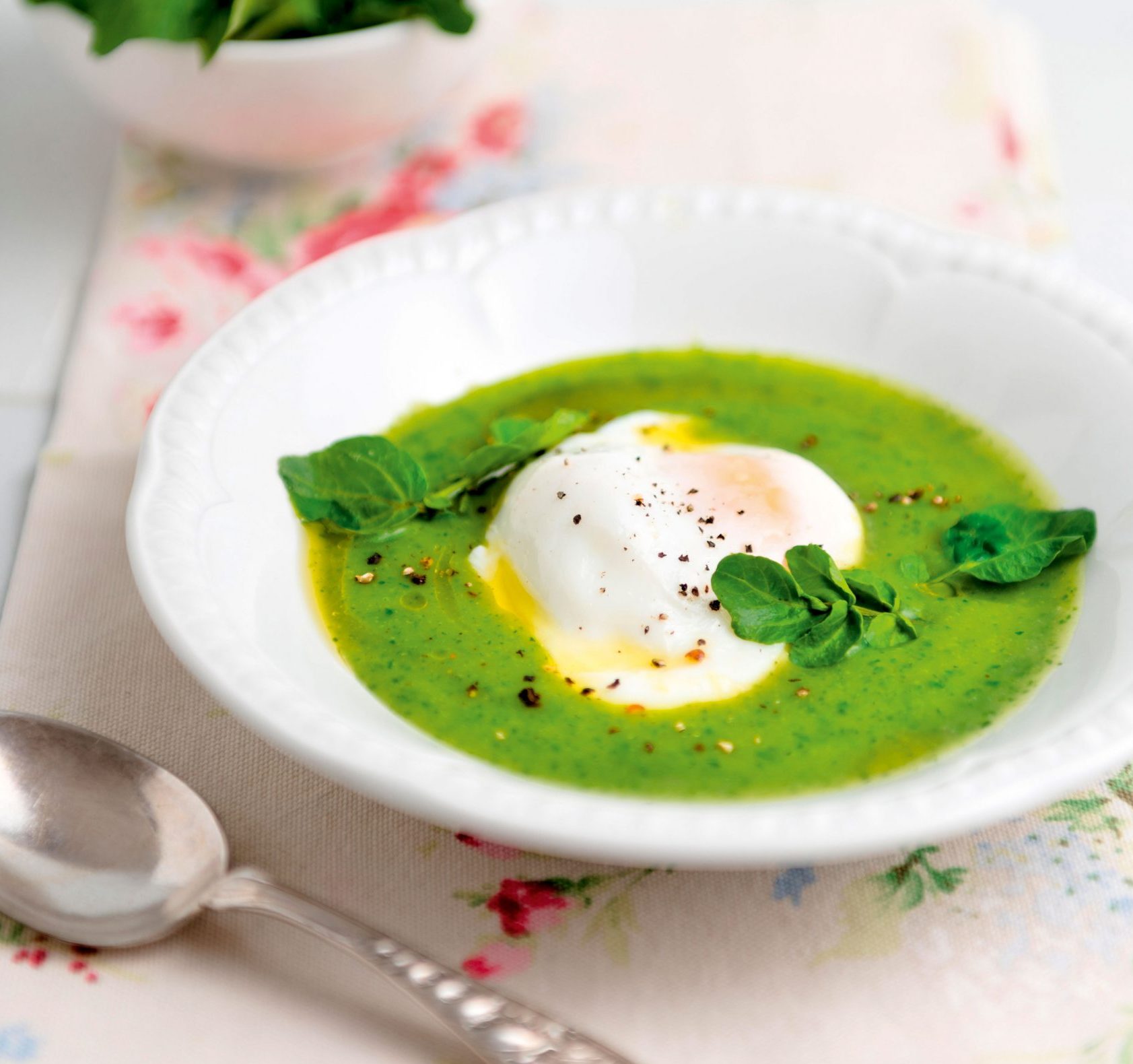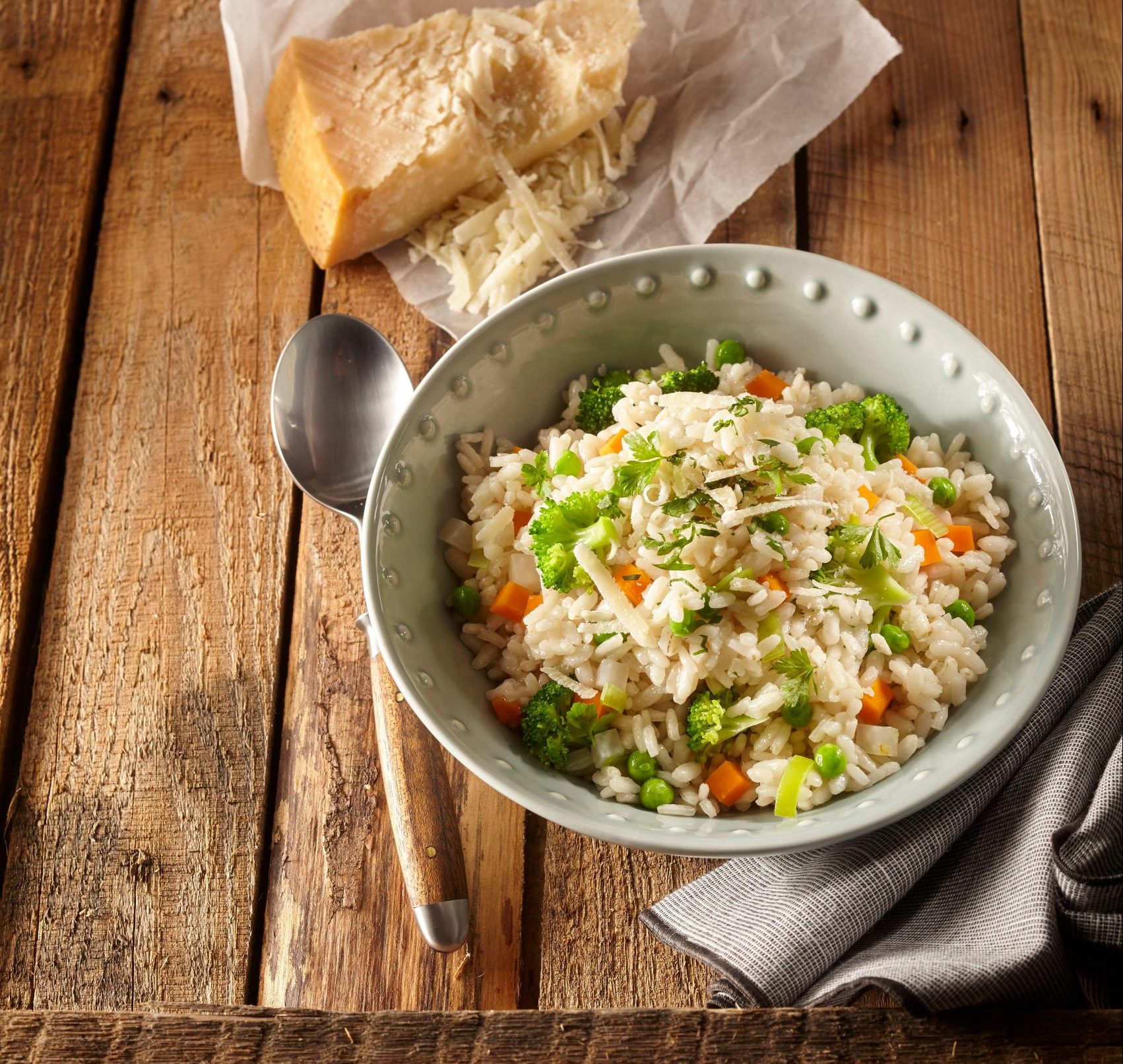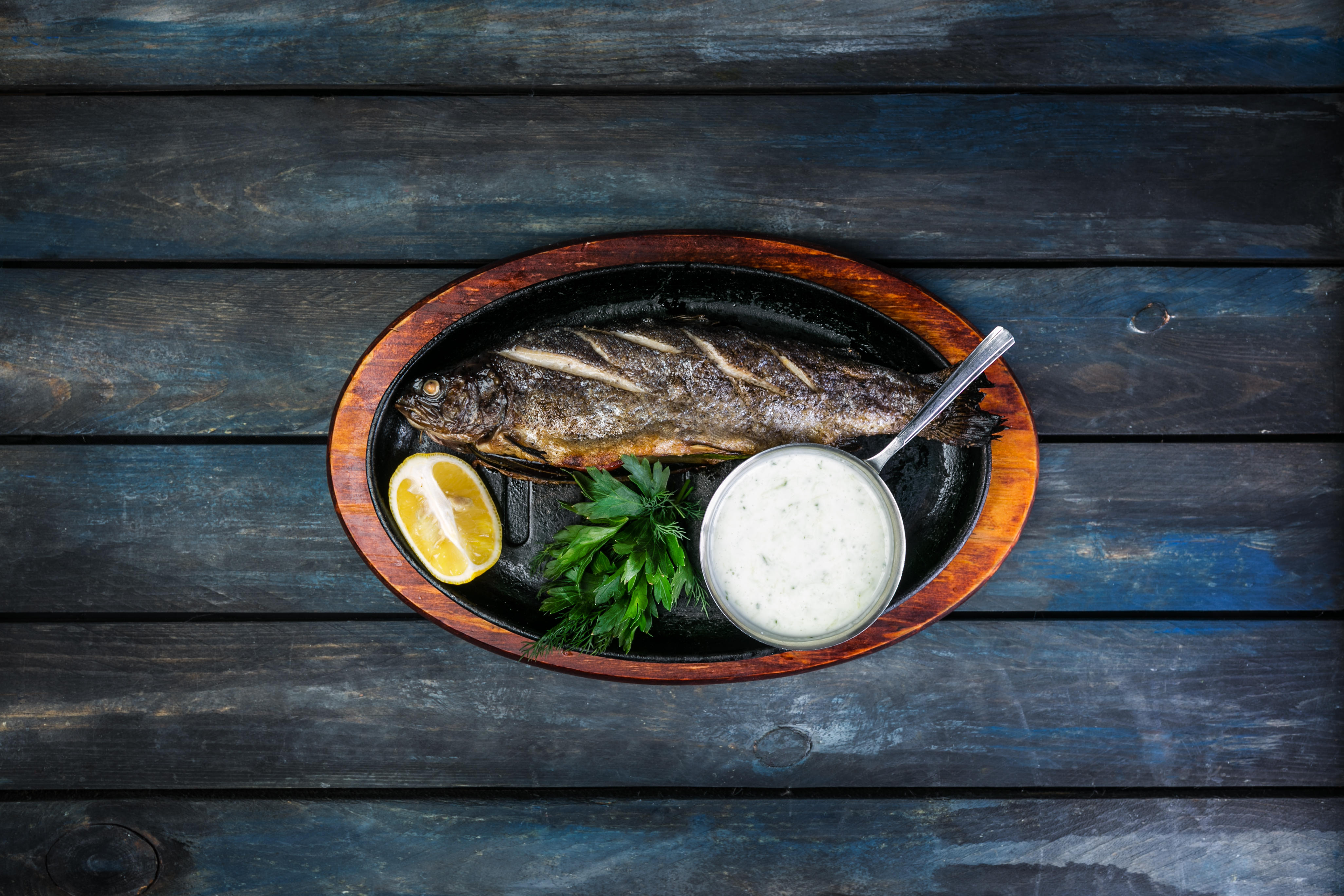How to eat seasonally in February, by Tom Parker Bowles
February may be grim, but it’s never, ever dull says Tom Parker Bowles — especially if you know what to eat.


You have to feel for February. Limping in at the fag end of winter, this is a month only its mother could really love. Ok, so it is mercifully short, but halfway through comes the sickly Valentine’s Day, all cheap roses, mawkish cards and silent tables for two. Add in the end of the shooting season, plus the predictably frigid, dreich gloom, and it’s little wonder Shakespeare talked of ‘a February face so full of frost, of storm and cloudiness’.
Yet, it’s not all bad. The shortest day has long passed and spring is, if not quite in the air, very much in the ether. There’s also still time to embrace comfort in its every form. Mutton comes into its own, with hogget being my favourite. Aged between one and two years old, you get a real ovine flavour, but not so much that it overwhelms. Shepherd’s pie is my comfort classic, mixed with a mound of buttery peas and eaten, unthinking, with a spoon. It reminds me of happy Saturday nights as a child, glued to The Fall Guy, with not a care in the world. Lashings of Worcestershire sauce are obligatory.
What food is in season in February?
Blood orange; cabbage; cauliflower; clams; cockles; forced rhubarb; goose; horseradish; Jerusalem artichoke; kale; leek; mussels; mutton; oysters; parsnip; purple-sprouting broccoli; radicchio; swede; venison
A proper Lancashire hotpot, too (see recipe below), cooked so the stock seeps into those thickly sliced potatoes. A few quartered lamb’s kidneys never go amiss. Or a classic beef stew, made with shin, served with horseradish and herb dumplings. For those who like a bit more fire, a Mexican-style beef-and-chipotle stew, piled onto warm tortillas and topped with sour cream, pickled jalapeños and guacamole. Not forgetting oxtail stew, where ungainly bovine outcrop is transformed into soft, silken strands, to be served atop mashed potatoes, swimming in butter and cream.
And soups, always soups. ‘On a bitter winter evening comfort is at its most comforting and reassuring,’ writes Margaret Costa in the Four Seasons Cookery Book, ‘if it takes the form of a thick rib sticker of a soup.’ Scotch broth, the very essence of Highland hospitality, and cock-a-leekie. Clam chowder, either New England white or Manhattan red; minestrone, heavy on the Parmesan, the soul of Italian winter; French onion soup, so fearsomely hot that it sears the skin off the roof of your mouth, simmering under a melted Gruyère crust. Sichuan hot and sour (Suan La Tang), Thai tom yum goong, Hungarian goulash. Jerusalem artichokes are in season and make the most seductively smooth of soups. Leek and potato is a loyal old standby, making magic from the most humble of ingredients.
Chicory is coming to the end of its time and those crisp, slightly bitter leaves can be mixed with walnuts and blue cheese for a robust winter salad. One classic Jane Grigson recipe sees it blanched until tender, then drained well, before being cooked gently in butter and a tablespoon of cream added per chicory head. Raise the heat, allow everything to bubble together and serve on its own or alongside a roasted bird. A gratin is equally satisfying, each head wrapped in a piece of ham (lightly spread with mustard), sautéed softly in butter, packed into an oven dish, covered with cream and two egg yolks, together with a big handful of grated Gruyère. Cook on a hottish oven (190˚C/375˚F/gas mark 5) until golden.
Native oysters are good and firm at the moment: there’s nothing like a swift dozen or two, alongside plenty of cold, flinty white wine, to wash away any misty melancholy. Razor clams, cockles and mussels are equally pert, alongside brown crabs, sole (Dover and lemon), haddock and cuttlefish.
Exquisite houses, the beauty of Nature, and how to get the most from your life, straight to your inbox.
The forced-rhubarb season is afoot, ready to be transformed into tart sauces, slipped into pies and under crumbles. If there’s any time to revel in the great British pudding, it must be now. Mighty treacle sponges, Sussex pond and lemon suet, bread and butter (try using croissants for extra buttery ballast) and good old treacle tart. February may be grim, but it’s never, ever dull.
Recipe: Lancashire hotpot
Serves 4
This comes from Margaret Costa’s Four Seasons Cookbook, as essential to any serious cook as a well-used wooden spoon. Every recipe is a winner and it really is one of the great cookbooks of all time.
Ingredients
- 2 lb (900g) best end neck of mutton
- 3 lamb’s kidneys
- Salt and pepper
- 3 onions
- 2lb (900g) potatoes
- Butter
- A good pinch of dried thyme or 2 sprigs of fresh thyme
- Bay leaf
- Sugar
- ½ pint (300ml) stock or gravy made with meat trimmings
- 1oz (25g) melted butter
Method
Have the butcher chop the meat into cutlets, trimming them and removing most of the fat. Depending on the size and shape of your casserole, either leave the cutlets whole or cut the meat carefully from the bones into neat pieces.
Skin, split and core the kidneys and cut them into quarters. Season all the meat with salt and pepper.
Chop the onions finely. Peel the potatoes and slice them rather thickly—just under ½in (8mm) thick.
Pit a layer of potatoes in the bottom of a buttered casserole. Lay the chops or pieces of meat, slightly overlapping one another, on top of the potatoes, tuck in the bay leaf and cover with the kidney, followed by the onion, seasoning each layer well with salt, pepper, sugar and thyme. Finish with the rest of the potatoes, the slices overlapping one another.
Pour in enough stock or gravy to come to the bottom of the potatoes. Brush the potato slices generously with melted butter, cover the casserole and bake in a moderate oven (170˚C/325˚F/gas mark 3) for about 2½ hours. Uncover for the last 40 minutes or so of cooking, so that the potatoes can get really brown and crisp.

How to eat seasonally in January
Throughout the year, Tom Parker Bowles will be sharing his advice on how to eat seasonlly, month-by-month. We kick things

Credit: Getty
How to eat seasonally in March: Tom Parker Bowles shares tips and recipes
Eating seasonally in March is a real treat, as Tom Parker Bowles explains.

Credit: Alamy
How to eat seasonally in April, from lamb and Jersey Royals to 'one of the true glories of the British year'
Tom Parker Bowles shares his advice for seasonal eating in April.

How to eat seasonally in May, from Jersey Royals to langoustine, by Tom Parker Bowles
Tom Parker Bowles — recently shortlisted for the PPA Food Writer of the Year award for his Country Life columns — shares

How to eat seasonally in June, by Tom Parker Bowles
Tom Parker Bowles sings the praises of everything from gooseberries to globe artichokes as he looks at how to eat

Credit: Getty Images/iStockphoto
How to eat seasonally in July, by Tom Parker Bowles
The chef and food writer Tom Parker Bowles on the culinary highlights of July, from artichoke to watercress — plus a
Tom Parker Bowles is food writer, critic and regular contributor to Country Life.
